
By / Jul 10, 2025

By / Jul 10, 2025

By / Jul 10, 2025

By / Jul 10, 2025

By / Jul 10, 2025
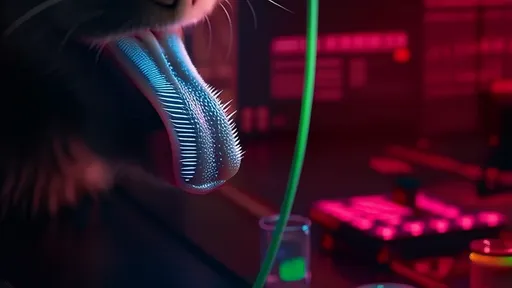
By / Jul 7, 2025
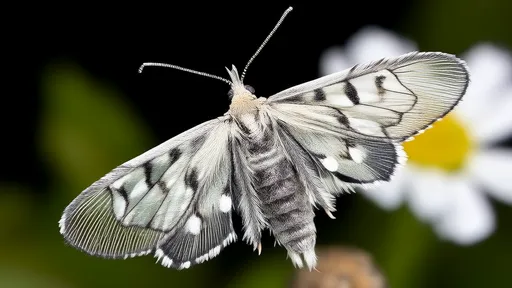
By / Jul 7, 2025
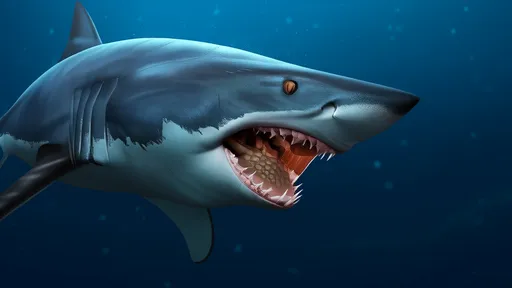
By / Jul 7, 2025
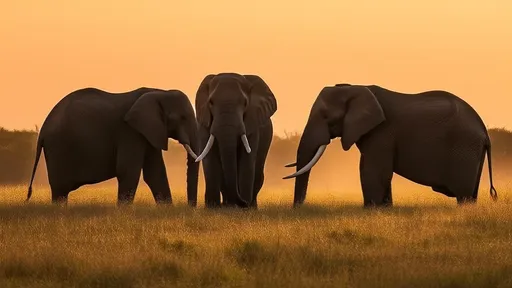
By / Jul 7, 2025
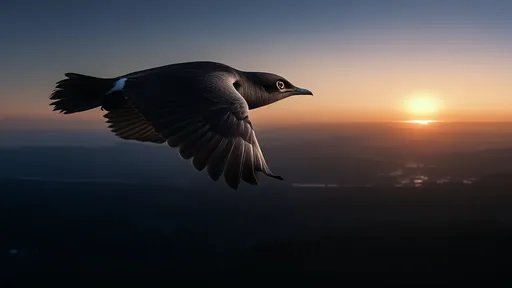
By / Jul 7, 2025
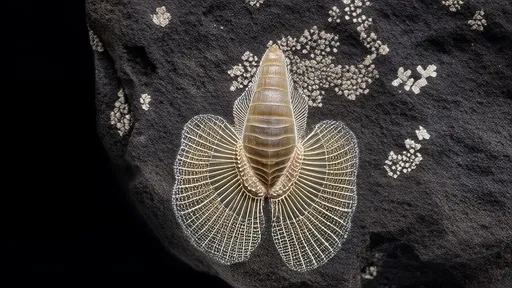
By / Jul 7, 2025

By / Jul 7, 2025
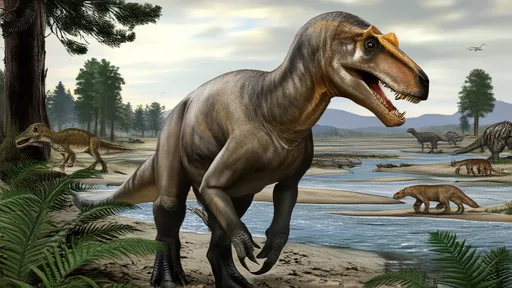
By / Jul 7, 2025
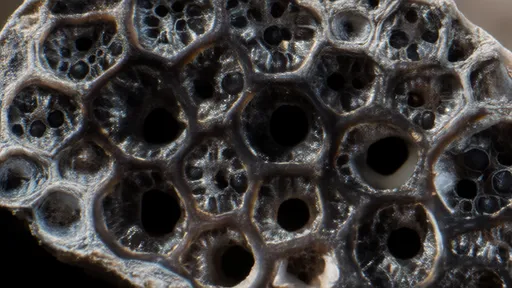
By / Jul 7, 2025
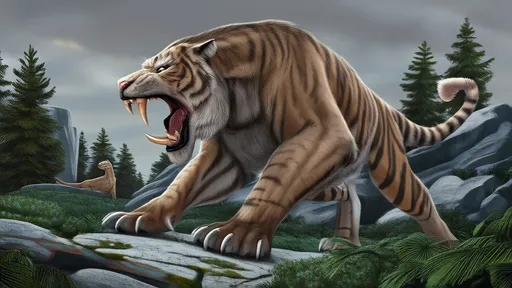
By / Jul 7, 2025
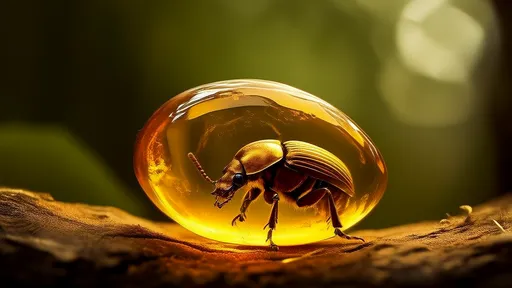
By / Jul 7, 2025
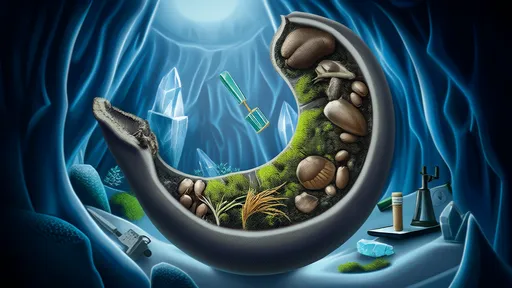
By / Jul 7, 2025
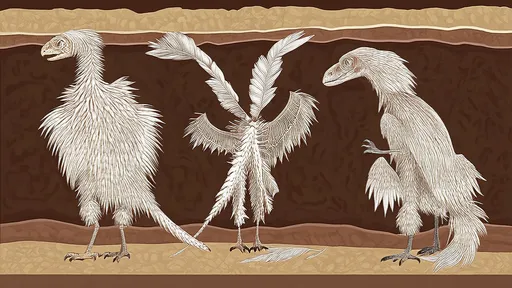
By / Jul 7, 2025
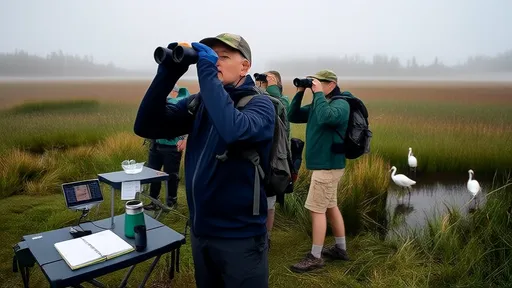
By / Jul 7, 2025

By / Jul 7, 2025
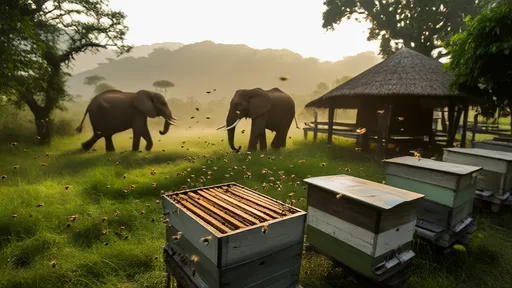
By / Jul 7, 2025
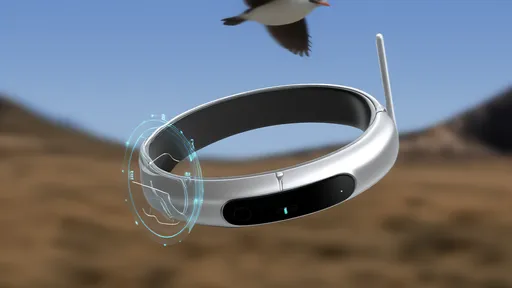
By / Jul 7, 2025